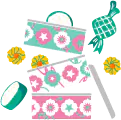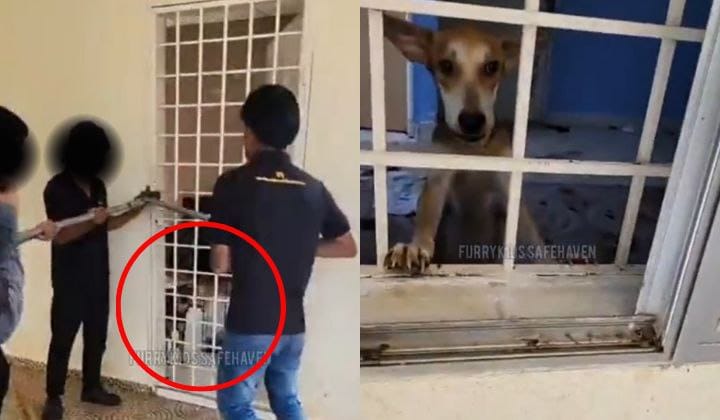Three more containers of unrecyclable plastics arrived in M’sia from the UK

Early this year, Malaysia made international headlines for sending back plastic waste sent to our shores illegally back to the first world countries they came from.
We thought that taught these countries a lesson about using Malaysia as their landfill. But it turns out, THEY HAVE NOT LEARNED.
Three NEW containers filled with non-recyclable waste from THE UNITED KINGDOM found it’s way to the North Butterworth Container Terminal (NBCT) in Penang on Sept 20.
State Environment Committee chairman, Phee Boon Poh said that the 40-foot containers carried between 10 and 15 tonnes of plastic and municipal waste.
You might ask, why is the plastic contained in these containers non-recyclable? It’s plastic right?
For most of us (and those in the UK who keep sending us trash too), we think we’ve done our part by simply throwing our trash into a large box marked with a recycling sign.
The truth is, ensuring plastic is successfully recycled is contingent upon everyone. And we, the consumers play possibly the most critical role in the whole process.
The value and quality of our used recyclable products depend a lot on how we use them, and in what shape we throw them away.
You need to just look at the containers of useless plastic waste arriving on our shores to know how true this is.
Remember: Recycling is a business. If recycling factories can’t make money out of your trash, your recyclables are useless and you might as well just throw them out your window (kidding, DON’T LITTER!)
Here are 3 simple things you can do to increase the value of your trash so that it gets recycled.

1. Know what plastic types can or cannot be recycled.
We’re sure you’ve heard of the seven types of plastics.
In Malaysia, you REALLY need to know just three types, because only these three are 99% recyclable in our country. We don’t have the equipment needed to recycle the other four types.
They are:
– Polyethylene Terephthalate (PET or PETE)

This type of plastic is used to make many common household items like beverage bottles (mineral water bottles), food trays and medicine jars.
– High-Density Polyethylene (HDPE)

Items made from HDPE plastic include containers for milk and non-carbonated drinks, toys, buckets, motor oil, shampoos and conditioners, soap bottles, detergents, and bleaches.
– Polypropylene (PP)

PP is commonly used to make lunch boxes, margarine containers, yoghurt pots, syrup bottles, medicine bottles and plastic bottle caps.
2. Wash first, then recycle.
Workers in recycling factories sort through trash to find the usable goods and wash them multiple times (in a large washing machine) before they are cut, reheated and transformed.
A “dirty†recyclable is considered useless by the workers because it is too difficult to clean and can potentially contaminate their clean recycled plastic with dirt and lower its quality.
3. Donate your old plastic toys instead of throwing them in the recycling bin
If you’re a parent, then you’ll know how tricky it can be to avoid buying toys, especially plastic ones. They’re cheaper, more colourful and attractive to your child.
But let’s be real, your kid will play with that toy for at most a year before it ends up forgotten and left under their bed (Toy Story vibes right here).
Unfortunately, plastic toys are so difficult to recycle that they end up being sent to the landfills.
So if you MUST buy plastic, do yourself a favour and save yourself some money by buying pre-loved plastic toys and consider donating your kid’s old plastic toys they no longer play with.
Curious about whether or not your trash is recyclable? Here are seven other things you didn’t know can’t be recycled.
Have some thoughts about recycling? Share them with us on our Facebook, Twitter and Instagram!
Starving forensic investigator turned writer cause she couldn't find a job. Used to search for killers now searches for killer stories.








